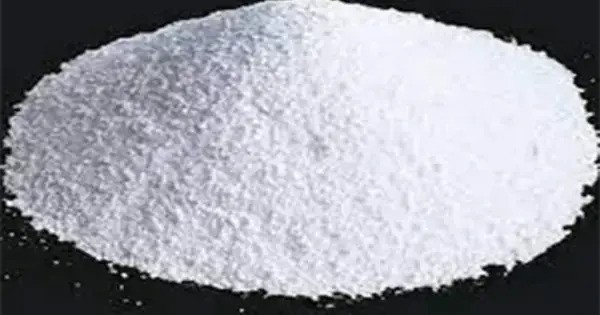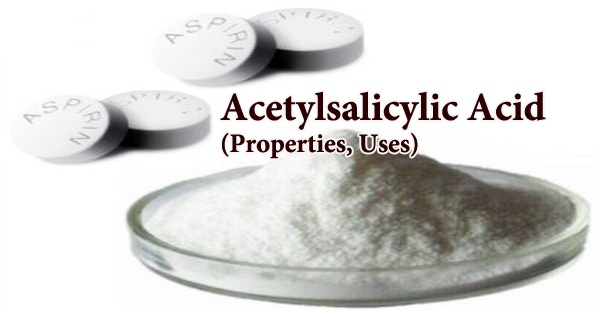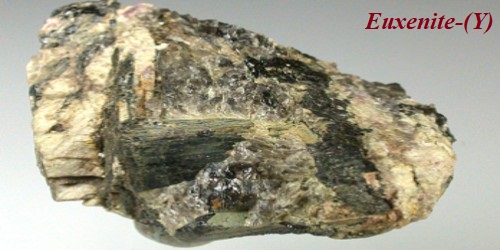Potassium gluconate is the potassium salt of the conjugate base of gluconic acid. It is also referred to as 2,3,4,5,6-pentahydroxycaproic acid potassium salt, D-gluconic acid potassium salt, or potassium D-gluconate.
It is typically a white, odorless, crystalline powder or granules. It is highly soluble in water, which is an essential property for its use in supplements and pharmaceuticals. It contains 16.69% potassium by mass. Thus 5.99 g of potassium gluconate contains 1 g of potassium. It has a density of 1.73 g/cm3.
Dietary uses
Potassium gluconate is used as a mineral supplement and sequestrant. It is sold over-the-counter as tablets or capsules providing up to 593 mg of potassium gluconate, thereby containing 99 mg or 2.53 milliequivalents of elemental potassium. This is the permissible upper limit for each tablet or capsule of over-the-counter potassium supplements sold in the US. Potassium gluconate is also sold over-the-counter as bulk powder.
As a food additive, potassium gluconate is used as an acidity regulator and yeast food. It is known as E number reference E577.
Naturally Occurring
Potassium gluconate is found in trace amounts in various natural foods, particularly those rich in glucose. Gluconic acid itself can be found naturally in fruits such as grapes and honey, as well as in the fermentation of sugar. However, potassium gluconate is typically synthesized for commercial purposes, as it is more stable and bioavailable than gluconic acid itself.
Manufacturing Process
Potassium gluconate is usually synthesized through the neutralization of gluconic acid with potassium hydroxide (KOH), producing potassium gluconate as a by-product.
Uses:
- Dietary Supplements: Potassium gluconate is primarily used as a potassium supplement to treat or prevent low potassium levels (hypokalemia). It is often preferred over potassium chloride because it is less likely to irritate the stomach.
- Food Additive: It can be used as a food additive (E535) to regulate potassium levels in food products and as an electrolyte in drinks.
- Pharmaceutical Use: It is used in various pharmaceutical formulations, especially those aimed at correcting potassium deficiencies, such as in cases of dehydration or excessive diuretic use.
- Industrial Uses: Potassium gluconate may also be used in certain industrial applications, like in cleaning agents or as a chelating agent in specific processes.
Health and Safety
- Benefits: It plays a key role in regulating fluid balance, muscle function, nerve transmission, and overall cellular function.
- Deficiency Symptoms: Low potassium levels can lead to muscle cramps, weakness, irregular heartbeat, and other symptoms.
- Toxicity: Potassium gluconate is generally safe when used within recommended doses. However, excessive intake of potassium supplements can lead to hyperkalemia, which can cause serious heart and kidney issues.
Safety
Its oral median lethal dose (LD50) in rats is 10.38 g/kg. This is not an indicator of a safe oral daily dose in rats or humans.
















